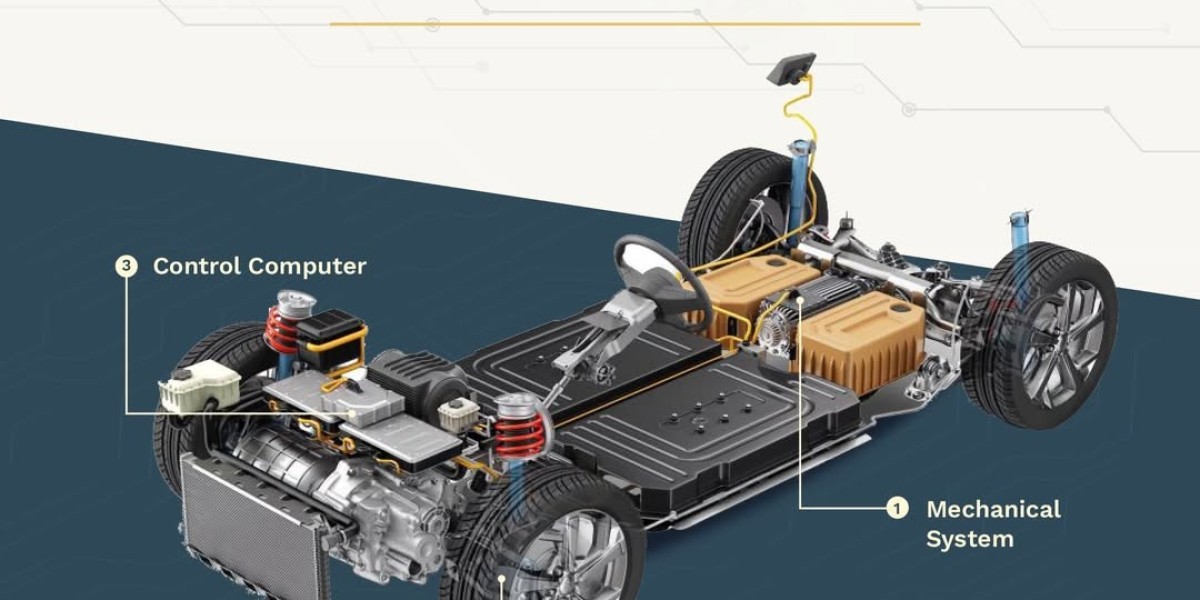Unlock the Secrets of 4s LiPo Batteries: Essential Insights for Every Enthusiast!
In the realm of modern electronics, 4s LiPo batteries are a game changer, especially in applications such as remote-controlled vehicles, drones, and various electronic devices. Their ability to deliver high energy density and lightweight design makes them a popular choice among hobbyists and professionals alike. Understanding the intricacies of these batteries—ranging from their specifications to their maintenance—is crucial for anyone looking to optimize their performance. Whether you're powering an RC car or a drone, a solid grasp of 4s LiPo batteries will not only enhance your experience but also prolong the life of your devices.

Understanding 4s LiPo Batteries
A 4s LiPo battery consists of four lithium polymer cells connected in series, resulting in a nominal voltage of 14.8V. The '4s' designation indicates the number of cells in the series, while each cell typically has a nominal voltage of 3.7V. This configuration allows for higher voltage output compared to a single cell or a lower series configuration, making it ideal for applications requiring substantial power. Unlike traditional NiMH or NiCd batteries, LiPo batteries offer a higher energy density, which means they can store more energy in a lighter package. This characteristic is particularly beneficial in weight-sensitive applications like drones, where every gram counts. Understanding the cell structure and voltage configuration is essential for choosing the right battery for your specific needs.
Applications of 4s LiPo Batteries
The versatility of 4s LiPo batteries makes them suitable for a wide range of applications, particularly in the world of hobbies. For instance, in the RC vehicle community, they are favored for their ability to provide consistent power and performance, allowing users to experience longer run times and faster speeds. Drones, which rely heavily on battery performance for flight duration and stability, also benefit immensely from 4s LiPo batteries. My friend, an avid drone racer, shared how switching to a 4s setup dramatically improved his drone's performance, enabling him to outpace competitors. In addition to RC cars and drones, these batteries are also utilized in high-performance electronics, robotics, and even in some electric vehicles, showcasing their widespread appeal and effectiveness in delivering the necessary power output.
Specifications to Consider
When selecting a 4s LiPo battery, there are several key specifications to keep in mind. Capacity, measured in milliamp-hours (mAh), is one of the most critical factors, as it determines how long the battery can power your device. A higher mAh rating means longer run times, but it can also lead to increased weight. Another crucial specification is the discharge rate, expressed as a 'C' rating, which indicates how quickly the battery can release energy. A battery with a higher C rating can deliver bursts of power necessary for high-performance applications, such as racing. Dimensions are also important; ensure that the battery fits your device's compartment. By understanding these specifications, enthusiasts can select the right 4s LiPo battery tailored to their specific needs, ensuring optimal performance and longevity.
Maintenance and Safety Tips
Proper maintenance of 4s LiPo batteries is essential for ensuring safety and maximizing lifespan. One of the most crucial aspects is storage; always keep batteries at a partial charge (around 3.8V per cell) when not in use to prevent over-discharge, which can damage the cells. Charging should be conducted with a LiPo-specific charger that has balance charging capabilities, as this helps maintain the health of individual cells. Additionally, avoid exposing the batteries to extreme temperatures or punctures, as these can lead to dangerous situations, including fires. I recall a friend's close call when a poorly stored LiPo battery caught fire. It served as a stark reminder of the importance of adhering to safety precautions. By following these maintenance tips, users can ensure their 4s LiPo batteries remain in peak condition, ready for action when needed.
Key Takeaways on 4s LiPo Batteries
In summary, understanding 4s LiPo batteries is essential for anyone involved in high-performance hobbies or electronics. From their unique configuration and applications to critical specifications and maintenance practices, a comprehensive knowledge of these batteries can significantly enhance your experience and ensure safety. By applying the insights shared in this article, enthusiasts can enjoy improved performance and longevity from their 4s LiPo batteries, making them an invaluable asset in the world of remote-controlled devices and beyond.






